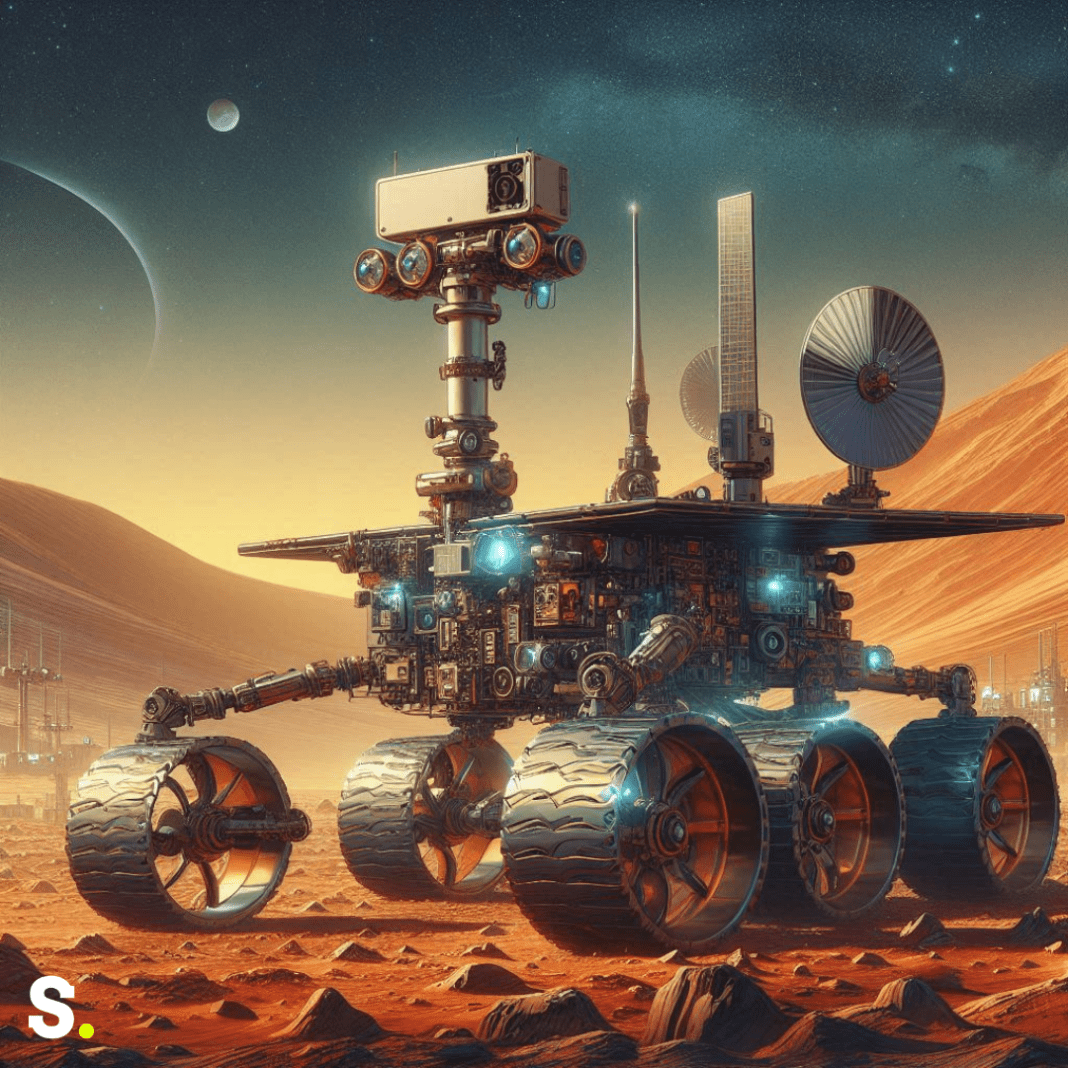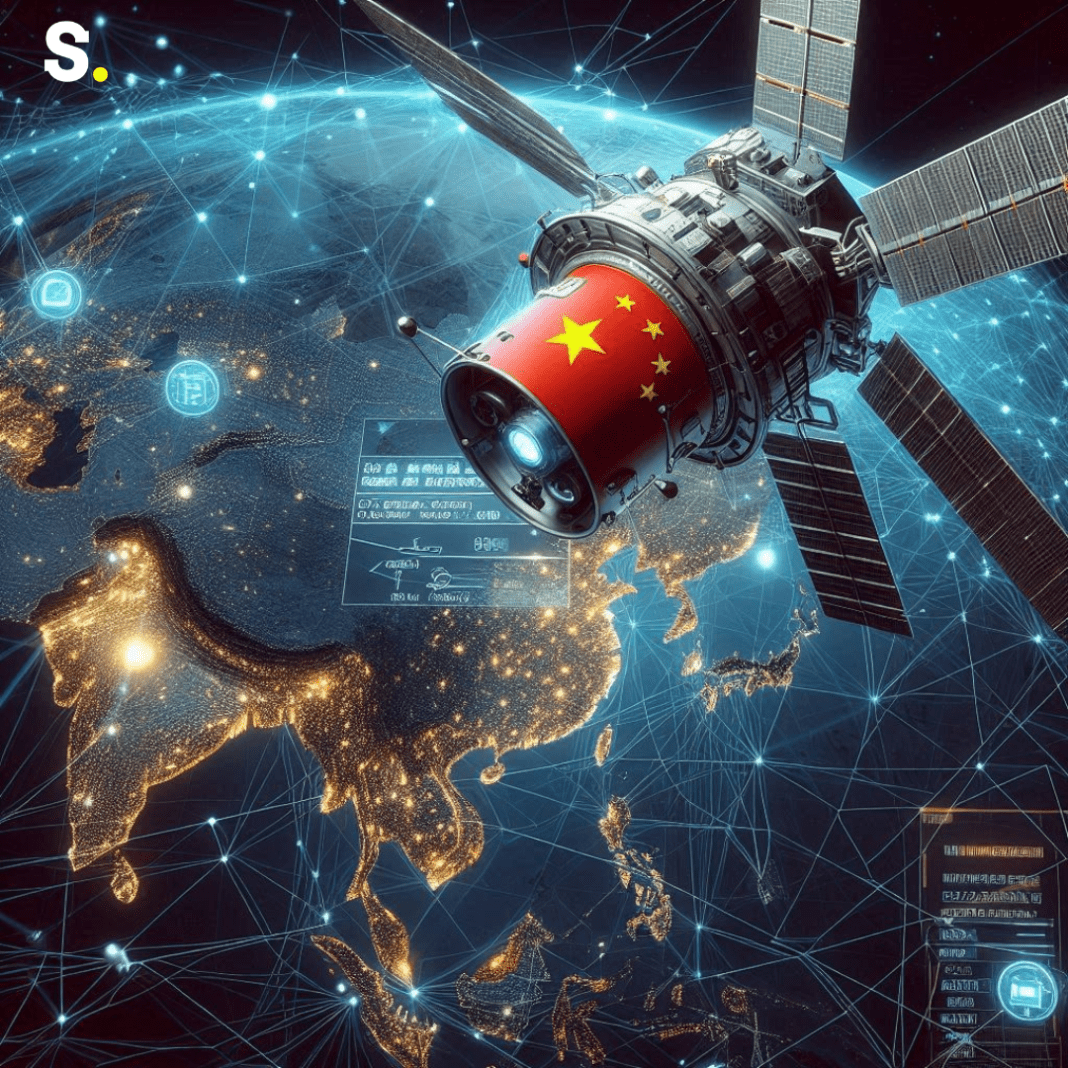Historic Partnership of ESA & NASA for a Mars Mission
The European Space Agency (ESA) and NASA have made a significant step forward in their partnership by agreeing to collaborate on the ExoMars Rosalind Franklin mission. This new partnership ensures important contributions from the United States, including the launch service, elements of the propulsion system needed for landing on Mars, and heater units for the Rosalind Franklin rover.
A new Memorandum of Understanding was signed in ESA’s headquarters in Paris, France, on May 16, 2024, by NASA’s Associate Administrator for the Science Mission Directorate and ESA’s Director of Human and Robotic Exploration. This agreement formalizes the provision of key elements for the Rosalind Franklin rover mission, marking a crucial step toward launching this ambitious exploration mission in 2028. The goal is to search for past and present signs of life on Mars.
In honor of the eminent scientist Rosalind Franklin, whose research proved essential to comprehending the structure of DNA, the Rosalind Franklin rover was named. The rover’s mission to Mars reflects a similar spirit of discovery and scientific excellence, aiming to unlock the secrets of the Red Planet and search for evidence of life beyond Earth.
Overcoming Challenges and Strengthening Cooperation
Two years ago, the Russian invasion of Ukraine led ESA to discontinue its cooperation with Roscosmos on the ExoMars rover mission. This sudden change required ESA, its Member States, and European industry to reconfigure the mission with new synergies and partnerships. This collaborative spirit and resilience were crucial in reshaping the mission to continue its journey towards Mars.
With this new agreement, NASA will provide critical components, such as lightweight radioisotope heater units (RHUs) for the rover. These RHUs will provide warmth to the rover during its journey across the icy Martian surface. The heater units are essential for the rover’s survival, as temperatures on Mars can drop dramatically, especially during the night.
In parallel, work led by the UK continues on developing and certifying a European RHU for the mission. This project is part of the ESA GSTP/ENDURE program, which aims to establish a European capability for radioisotope heat and power systems by the end of this decade. This dual approach ensures that the mission will have robust and reliable heating solutions, essential for the rover’s extended operations on Mars.
The mission also includes advanced propulsion systems for landing. NASA’s expertise in throttleable braking engines, which allow for precise control during descent, will be a game-changer in ensuring a safe landing on the Martian surface. These engines will help the rover navigate the complex terrain of Mars, avoiding obstacles and landing safely in the designated area.
A New Frontier in Space Exploration
By drilling down to a depth of two meters on Mars, the Rosalind Franklin rover will be the first to collect samples while protected from radiation and extremely high temperatures. Key technology that Europe will require for upcoming planetary exploration missions will be shown by this mission. The rover’s unique drilling capabilities and onboard laboratory have outstanding scientific value for humanity’s search for evidence of past life on Mars.
With the purpose of examining the samples gathered for indications of prehistoric microbial life, the onboard laboratory is furnished with advanced equipment. By drilling deeper than any previous mission, Rosalind Franklin will access layers of soil and rock that have been shielded from harsh surface conditions, increasing the chances of finding well-preserved biological markers.
The next significant step for this mission will be the rover’s system preliminary design review, set to take place in June 2024. This milestone will ensure that all systems and components are ready for the next stages of development and eventual launch. This review is a critical checkpoint in the mission’s timeline, ensuring that every part of the rover is functioning correctly and ready to face the challenges of space travel.
ESA and NASA’s collaboration on the Rosalind Franklin mission underscores their commitment to pioneering space exploration and expanding human knowledge. Together, they are opening new frontiers in the quest to uncover the mysteries of Mars. This partnership demonstrates the strength of international cooperation in achieving ambitious goals in space exploration.
The joint efforts of ESA and NASA highlight the importance of global collaboration in tackling the challenges of space exploration. By combining their expertise and resources, these two leading space agencies are paving the way for groundbreaking discoveries that could change our understanding of life in the universe. The Rosalind Franklin mission is not just about reaching Mars; it’s about pushing the boundaries of human knowledge and inspiring future generations to look to the stars.




